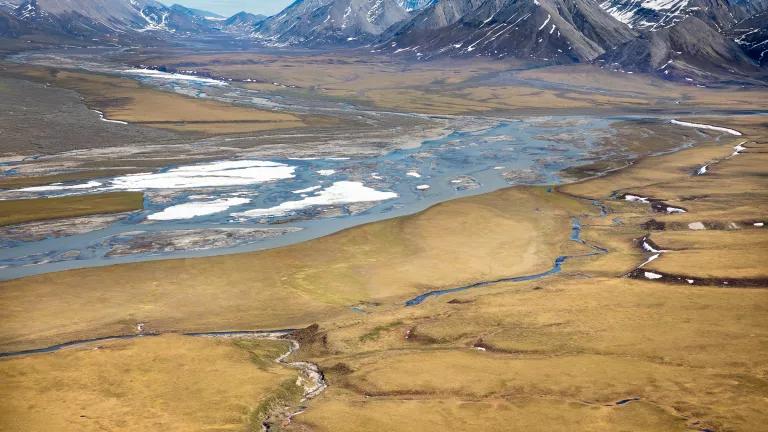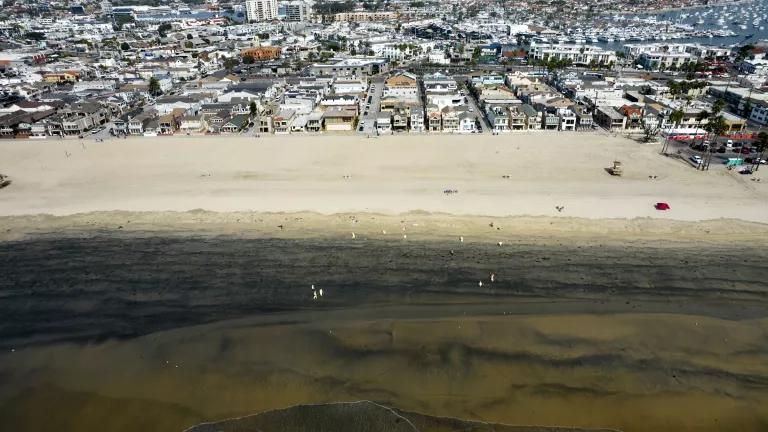BLM Promotes Drilling in Pristine Alaskan Refuge in Rushed Environmental Review

Oil and gas exploration would harm the region’s iconic species as well as the native Gwich’in people’s way of life.
The U.S. Department of the Interior took another significant step toward allowing oil and gas drilling in Alaska’s Arctic National Wildlife Refuge today—a reckless move that would threaten nearly 20 million acres of pristine wilderness and the iconic species that rely on it.
The Bureau of Land Management released its Environmental Impact Statement, which details four possible plans for opening up the region’s coastal plain to fossil fuel extraction. The report comes nearly one year after the controversial tax act that opened up these lands to drilling. “The word refuge means ‘a place that provides shelter and protection,’” says Niel Lawrence, Alaska director for NRDC. “Oil and gas exploration would mean the exact opposite—threatening wildlife and leaving these lands forever marred.”
The Arctic National Wildlife Refuge has long been the target of fossil fuel companies, which have been eager to exploit the area’s untapped oil reserves. The environmental stakes are high: The refuge is one of the last homes for species like polar bears, wolves, and musk oxen—not to mention the breeding grounds for multiple species of migratory birds. The refuge is also essential to the native Gwich’in people’s way of life and the Porcupine River caribou herd their communities have relied on for thousands of years.
Expanding oil and gas drilling is also a direct attack on climate action. As emphasized in the recent National Climate Assessment, curtailing the worst of climate change requires divestment from fossil fuels and a ramping up of renewable energy.
Just before leaving office, President Obama adopted a plan to manage the reserve as wilderness—but a rider in the 2017 tax bill removed those protections, instead framing drilling in the Arctic National Wildlife Refuge as a revenue maker. The BLM’s environmental review—characterized by conservationists as both rushed and unscientific—will now be subject to a public comment period.
“The environmental community will stand with the indigenous people, challenging every step of this rushed process to cast open America’s largest remaining wilderness to corporate polluters,” Lawrence says.

